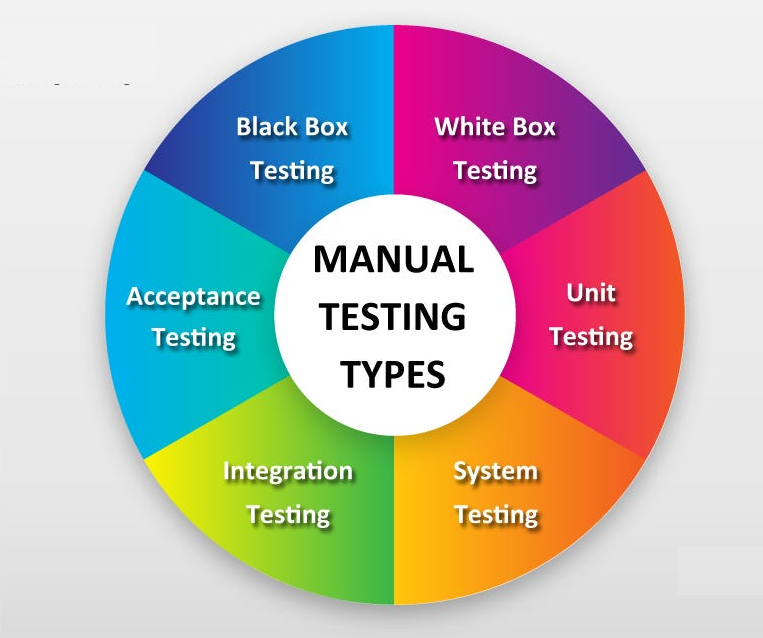
Manual testing is a fundamental element of the software quality assurance process, enabling proficient testers to methodically assess diverse aspects of software applications. It encompasses a variety of manual testing types, each tailored to specific quality assurance objectives. This article delves into the extensive range of manual testing types, elucidating their purposes and underscoring their role in bolstering the overall quality of software products.
- Functional Testing:- Functional testing constitutes the most fundamental category of manual testing, with its primary emphasis on validating the functionality of a software application. This entails executing a predetermined set of test cases to ascertain whether the software aligns with the specified requirements. Subtypes of functional testing encompass:
- Smoke Testing: A preliminary test is conducted to confirm the proper functioning of the most critical features. It serves as an initial assessment to decide whether additional testing is required.
- Sanity Testing: A specific and concentrated test that validates particular functionalities following bug fixes or modifications.
2. Non-Functional Testing:- Non-functional testing assesses aspects beyond the fundamental functionality of the software, such as performance, scalability, and usability. Key subtypes comprise:
- Performance Testing: Performance testing involves evaluating the application’s response times, resource utilization, and scalability under various conditions. Performance testing includes load testing, stress testing, and endurance testing.
- Usability Testing: Usability testing primarily focuses on the user interface, intuitiveness, and overall user experience.
- Security Testing: Security testing aims to identify vulnerabilities, potential security risks, and ensure the application’s data protection.
3. Regression Testing: Regression testing aims to verify that new code changes or feature additions do not have a negative impact on existing functionality. Testers re-run test cases that have previously passed to ensure they still function as expected.
4. Exploratory Testing: Exploratory testing is an unscripted approach that relies on the tester’s intuition and creativity to explore the software, simulating real-world usage. It is particularly valuable for uncovering unexpected defects and gaining insights into usability and user experience.
5. Usability Testing: Usability testing is a specific type of testing that focuses on evaluating the user interface, user-friendliness, and the overall user experience of the software. Testers assess how easily users can interact with the application and whether it aligns with user expectations.
6. User Acceptance Testing (UAT): User acceptance testing is performed by end-users or stakeholders to validate that the software aligns with their requirements and expectations before deployment. It ensures that the software meets the needs of its intended users.
7. Compatibility Testing: Compatibility testing ensures that the software functions correctly across various devices, operating systems, browsers, and network environments, guaranteeing a seamless user experience regardless of the user’s chosen platform.
8. Ad Hoc Testing: Ad hoc testing is an unplanned and spontaneous type of testing that enables testers to simulate real user behavior and discover unforeseen defects. Testers in ad hoc testing do not adhere to predefined test cases, making it useful for uncovering unexpected issues.
9. White Box Testing: White box testing involves the inspection of the internal code and structure of the application to identify defects, optimize code quality, and ensure code coverage.
10. Black Box Testing: Black box testing focuses on the application’s functionality without any knowledge of the internal code. Testers interact with the application as an end-user would, evaluating how it responds to inputs and interactions.
11. Gray Box Testing: Gray box testing combines elements of both white and black box testing. Testers possess partial knowledge of the internal code, striking a balance between code-based and functionality-based testing.
Conclusion
Manual testing encompasses a diverse range of testing types, each tailored to address specific quality assurance goals. The choice of manual testing type depends on the project’s requirements and objectives. An effective testing strategy often involves a combination of these testing types to provide comprehensive coverage and ensure the software meets quality standards, functions as intended, and delivers an exceptional user experience.
Digital Marketing Manager at Cotocus